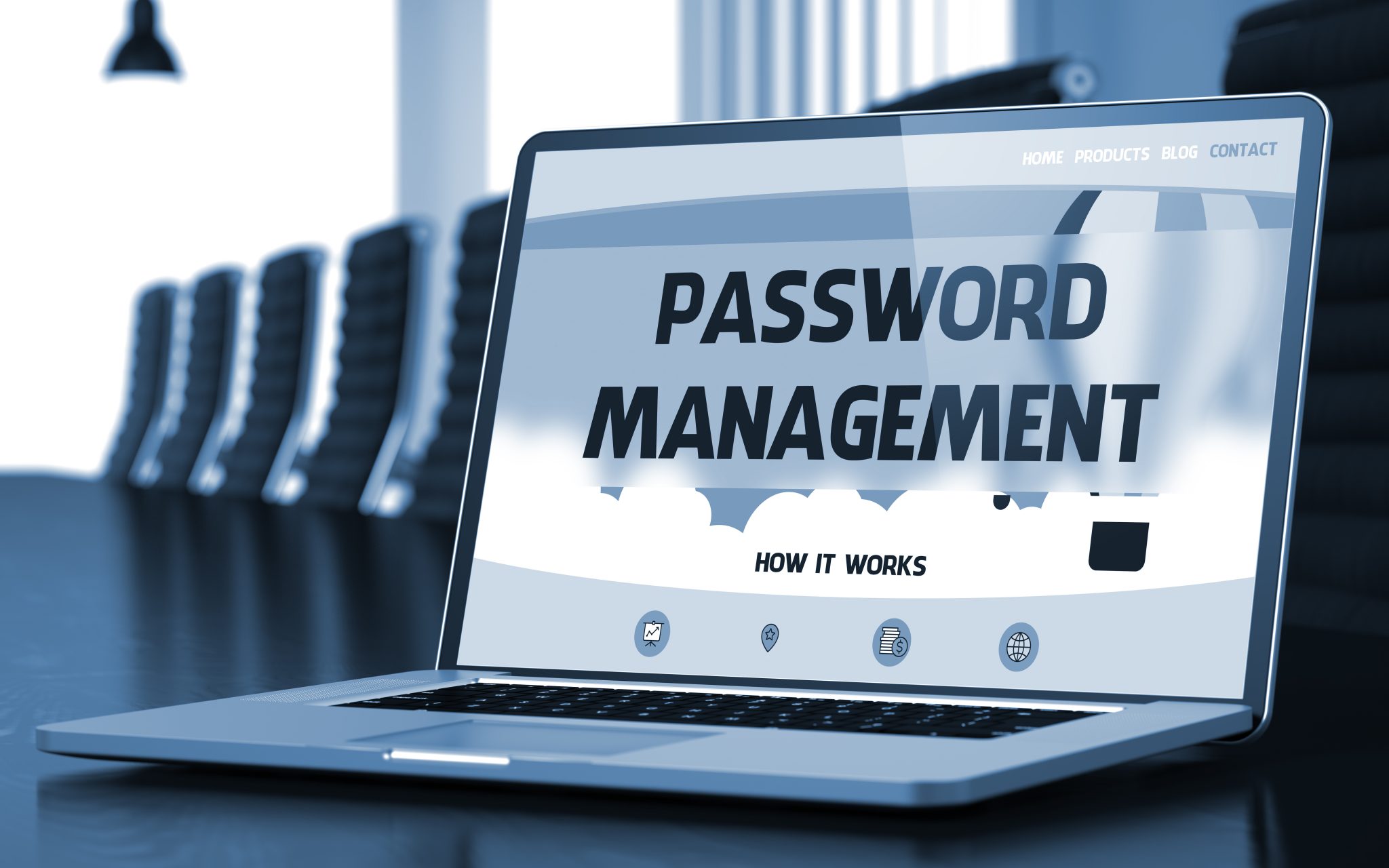Password Management (part 1)
Password Policies & Authentication
Setting Password Expiration
- Select the Security & Privacy tab on the Settings menu in the Microsoft 365 admin center.
- Now select the Password Expiration Policy in the tab.
- Select "Set user passwords to expire after a number of days" and specify the number of days between 14 and 730 for password expiration.
- The number of days should be between 1 and 30 for the notification warning of password expiration.
- Finally, save your settings.
If a user is not able change his or her password before the expiration time has elapsed, they can either change it with the help of Password update page which always appears the next time they sign in or you can reset their password for them. Whereas, to disable a password expiration for single users using PowerShell, you can use the Set-MSolUser cmdlet with the -PasswordNeverExpires parameter.
Resetting User Passwords
Resetting Admin Passwords
If you forget your own administrator password, you can opt for following options:
- Ask another administrator to reset it for you- Here, the other administrator should be a global admin, a user management admin, or a password admin and if your account is a global admin one, then you can easily get another administrator with a global admin account to reset it for you.
- Reset the password yourself- You can use the Can't access your account? link present on the sign-in page of Microsoft 365 to reset your password and if you follow the instructions given by the link, you will be sent an email with a link allowing you to reset your password.
Note- The entire admin password reset process must be completed within 10 minutes if you are resetting the password for yourself, else you have to start the process all over again.
Multi-factor Authentication
Multi-factor authentication provides secure access to data and applications and requires two or more than the following authentication methods:
- Something you know (typically a password)
- Something you have (a trusted device that's not easily duplicated, like a smart device or a badge)
- Something you are (fingerprints, iris/retina scan, facial recognition)
Require MFA
As MFA provides an extra layer of security and is managed from the security center, it also contains the following subset of MFA authentication capabilities:
- Use mobile apps (online and one-time password) as a second authentication factor
- Use a phone call as a second authentication factor
Some methods to enforce MFA are:
- Require users to authenticate their smartphone, laptop, or other devices with MFA before registering with Intune to access your network.
- Monitor the health of your user accounts with Azure AD, and requires users to reset their password, re-register for MFA, or revoke existing MFA sessions from their user objects whenever needed.
The MFA can enabled in the Microsoft 365 admin center with the help of following steps:
- Select Users and then Active Users in the admin center.
- Select multi-factor authentication in the Active Users section.
- On the MFA page, you can either select a user(s) to enable this for one user(s) or select Bulk update to enable multiple users with a CSV file.
- Select Enable under quick steps.
- Now click enable multi-factor auth in the pop-up window.
After successfully enabling users for MFA, the following options can be used as the second authentication factor:
- Call to phone-Users will receive a phone call with instructions for users to press the pound key after which the users are signed in.
- Text message to phone- Users will receive a text message containing a six-digit code that they must enter into the Microsoft 365 portal.
- Notification through mobile app- Users will configure a smartphone app that will receive a notification that users should confirm to sign in to Microsoft 365 and available for Windows phone, iPhone, and Android devices.
- Verification code from mobile app- Users can configure a smartphone app and enter a six-digit code from the app into the portal.




Comments
Post a Comment